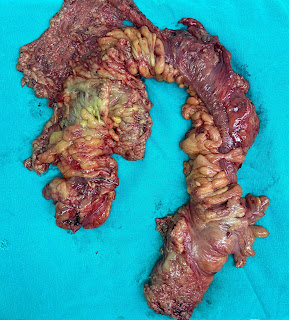Gastrointestinal stromal tumors are the commonest mesenchymal tumors of the digestive tract.The median age at diagnosis is in the mid-sixties.1 Stomach (55.6%) is the most common location followed by small intestine (31.8%).1 These tumors can be detected incidentally i.e. during imaging investigations for other abdominal conditions or due to bleeding in the digestive tract manifested as blood in vomitus and stools.
There are 2 mainstays of treatment for GIST
-
-
- Surgery – By minimally invasive (laparoscopic / key hole) or traditional open approach is the primary therapeutic option consistent with long term survival in patients where the tumor is localized (I.e.) not spread to other organs). Extended survival is still possible for patients where the tumor has spread to other organs such as the liver (liver metastasis or secondary). Such patients may be offered liver resection in addition to removal of their primary tumor
- Targeted therapy– Inhibitors that block the signals essential for the tumor for its growth have revolutionized the medical treatment of GIST over the last 2 decades. These may utilized in various roles – before surgery to downstage or shrink the GIST so as to make the tumor resectable or help in organ preservation or after surgery to prevent tumor recurrence.
-
References Soreide K, Sandvik O, Soreide J et al. Global epidemiology of gastrointestinal stromal tumors: A systematic review of population based cohort studies. Cancer Epidemiol 2016;40:39-46


